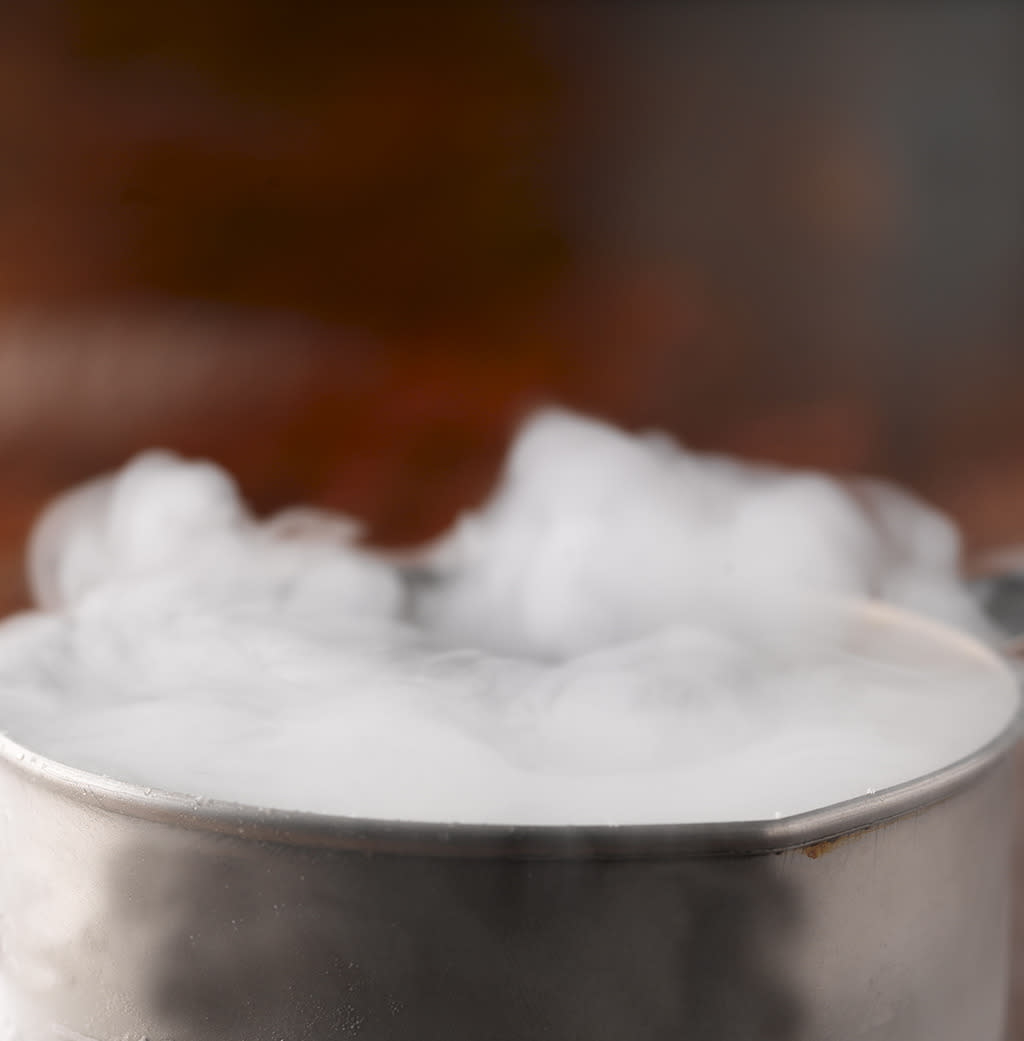FDA Issues a Chilling Warning About Cryotherapy

The FDA is giving cryotherapy — a treatment that is popular with celebrities and athletes — the cold shoulder. (Photo: Getty Images)
Whole body cryotherapy (WBC) just received the big chill from the U.S. Food and Drug Administration (FDA).
According to a statement released on July 5, the FDA “does not have evidence that WBC effectively treats diseases or conditions like Alzheimer’s, fibromyalgia, migraines, rheumatoid arthritis, multiple sclerosis, stress, anxiety, or chronic pain.”
In fact, the FDA “has not cleared or approved” this therapy for any specific medical condition, even though countless websites claim WBC can improve a number of chronic illnesses, along with providing other health benefits, like improving circulation, increasing metabolism, and improving recovery and soreness after workouts.
In its general form, cryotherapy is a cooling remedy that can treat pain and inflammation associated with physical injuries (such as placing an ice pack on sore back muscles) or remove various skin issues, such as freezing off warts, moles, and skin tags.
However, WBC involves exposing the entire body to subzero temperatures — ranging, on average, from -200 to -300 degrees Fahrenheit, which are generated by liquid nitrogen — for two to four minutes. The person can either stand in an individual-sized enclosed tank where only their head remains exposed at normal room temperature or they can enter a fully enclosed chamber with others who are willing to brave the cold.
Numerous celebrities have taken the deep freeze with WBC in order to combat aging, uneven skin tones, or inflammation. Christina Aguilera, Demi Lovato, Mandy Moore, Minka Kelly, Lindsay Lohan, Alicia Keys, and Demi Moore, as well as professional athletes (including Floyd Mayweather and LeBron James) and dancers from Dancing with the Stars (including Derek Hough) have reportedly chilled out using this trendy treatment.
Yet this frigid fountain of youth may also be dangerous. “Potential hazards include asphyxiation, especially when liquid nitrogen is used for cooling,” FDA scientific reviewer Anna Ghambaryan said in the press release.
This isn’t the first time we’ve heard about the possibility of a treacherous outcome linked to WBC. In October 2015, the death of 24-year-old Chelsea Patricia Ake-Salvacion made national headlines when the Las Vegas spa employee accidentally died from asphyxia caused by low oxygen levels in a chilled cryotherapy chamber. According to the Associated Press, the young woman was found crumbled at the bottom of the device. Her family attorney reported that she texted a friend about a possible nitrogen leak in the machine.
Also, back in 2013, a 15-year-old male who was advised by his physician to receive cryotherapy treatment for viral warts developed frostbite — dark grey/black blistered areas — in multiple locations on his left foot and both hands. “While freezing the lesion is the intended mechanism of treatment, freezing the lesion for prolonged periods or too close to the lesion is likely to cause deep burns that extend over a larger surface area than the initial lesion,” stated the authors in a letter published in The British Journal of General Practice.
“‘Skeptical’ is an understatement,” Ian Harris, a professor of orthopedic surgery at Whitlam Orthopedic Research Center in Australia who has studied the effects of cryotherapy, told Business Insider back in 2012. “My official position is that unless they can show a clear reproducible benefit from properly blinded randomized controlled trials, then they are peddling unproven therapies for profit.”
Let’s keep in touch! Follow Yahoo Beauty on Facebook, Twitter, Instagram, and Pinterest.

